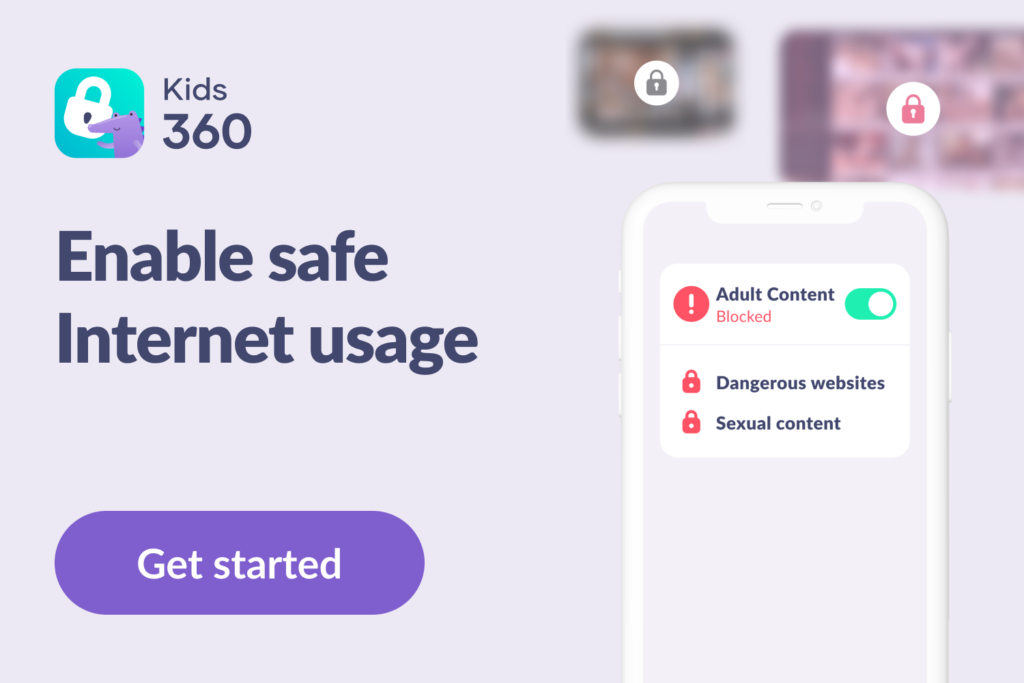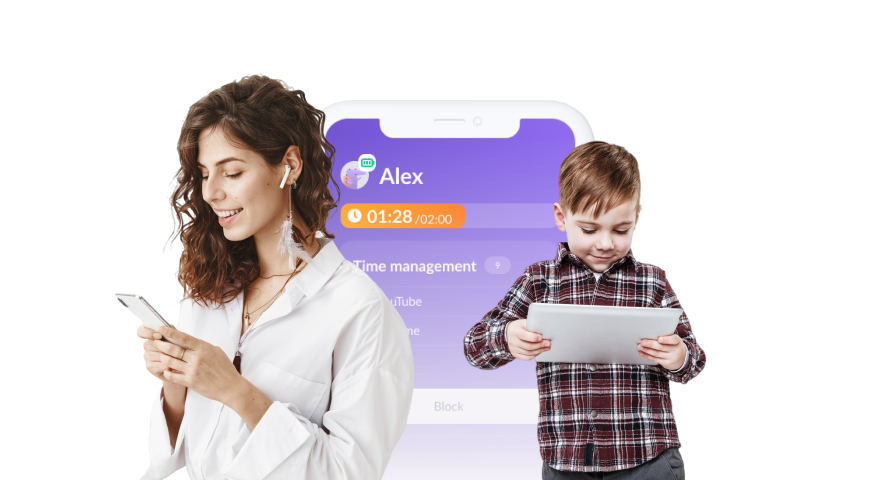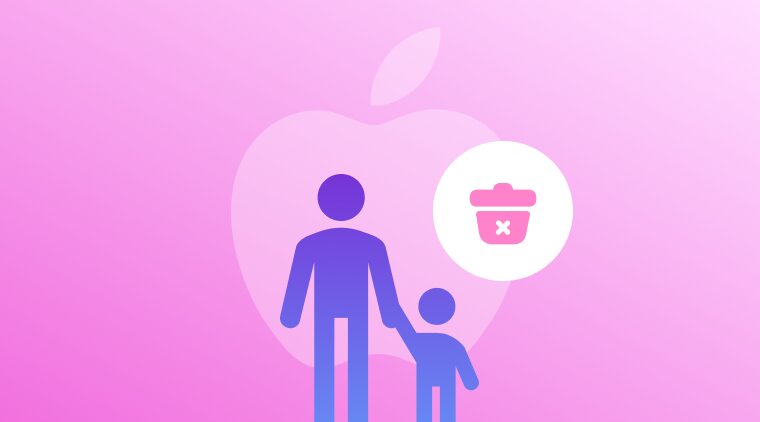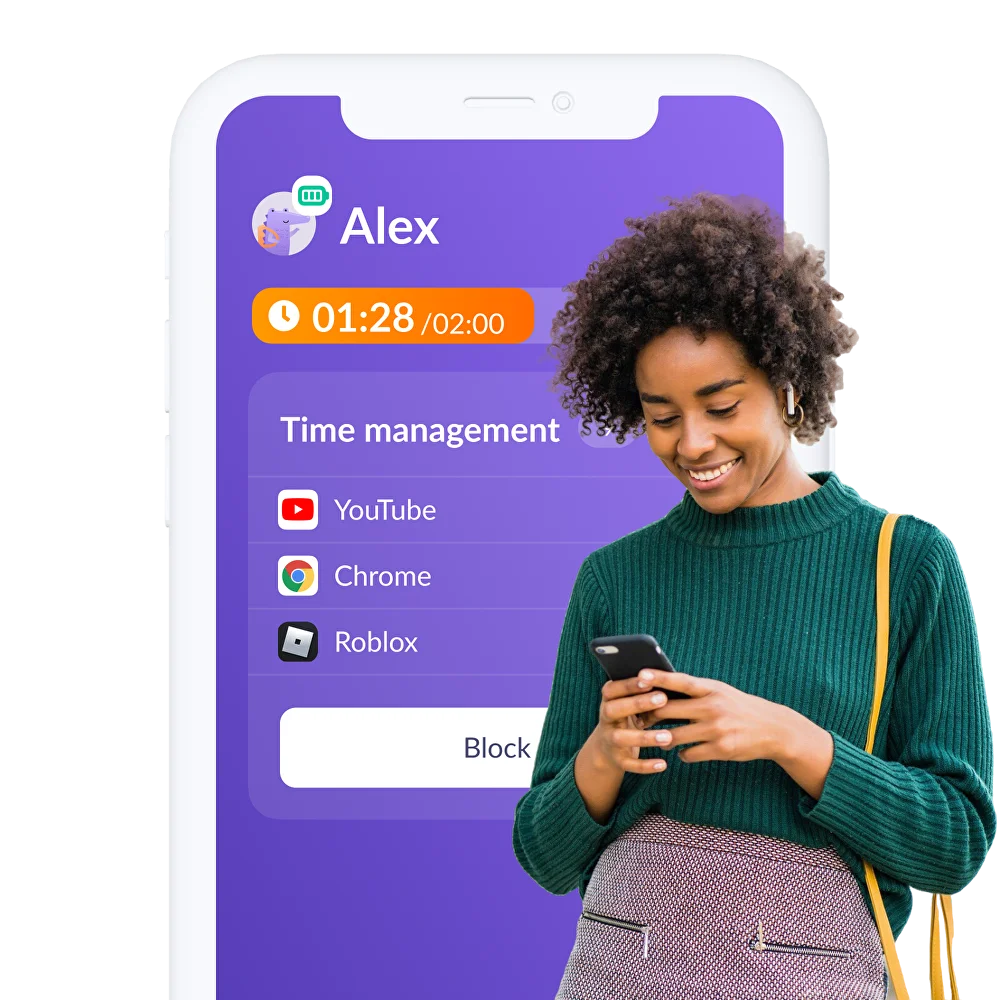The Digital Playground: What You Need to Know About Social Media Apps for Kids

In today’s digital world, kids are growing up surrounded by technology—and social media is often a big part of that experience. From messaging friends to sharing photos, videos, and playing interactive games, social media apps have become one of the best ways for kids to express themselves, stay connected, and be part of a larger online community. But not all social media platforms are designed with kids in mind, and that’s where the conversation gets more complex.
As parents and educators, it’s important to understand what types of social media apps for kids are out there, how they work, and what kind of content and interactions they encourage. There’s a growing number of social media platforms created specifically for younger audiences, with features like parental controls, content moderation, and limited sharing options. These apps are often designed to prioritize safety while still giving kids a fun and creative outlet.
However, even child-friendly apps come with questions around privacy, screen time, and digital wellbeing. That’s why having open, ongoing conversations with kids about how they use social media—and setting healthy boundaries—is key. It’s also helpful to be informed about which apps are trending, what they offer, and how they differ from the platforms geared toward older teens or adults.
This guide will introduce some of the most popular social media apps designed for kids, what makes them appealing, and what parents should know before giving the green light. Whether you’re looking to encourage safe exploration or set digital limits, understanding the landscape is a smart first step.
The Risks of Social Media
While social media can offer kids a fun and creative way to connect with others, it also comes with risks that parents should be aware of. These platforms can expose children to inappropriate content, cyberbullying, and unwanted contact from strangers. Even apps designed for younger users aren’t always foolproof—kids can still encounter harmful behavior or attempt to bypass age restrictions.

Another concern is privacy. Many social media apps collect data, and kids may unknowingly share personal information that could put their safety at risk. Excessive screen time and social comparison can also impact mental health, leading to anxiety, low self-esteem, or sleep disruption.
Because of these risks, it’s important for parents to stay informed, use parental controls, and have regular conversations with their kids about responsible online behavior and good digital habits. Being a proactive parent helps create a safer, healthier digital experience when it comes to keeping your kids safe on social media apps.
Most Popular Social Media Apps
The parental controls app, Kids360, has over 1 million connected users in the 11-13 age range in the US. We analyzed the real-time data from devices protected by Kids360 to see how kids are actually spending their time, and here’s what we discovered:
First up is YouTube with kids spending nearly 21% percent of their device time on the popular video streaming app. The Pew Research Center reported that 81 percent of parents with kids under 12 years of age allow them to watch YouTube, with 34 percent admitting that their child does so regularly.
Not far behind YouTube is TikTok as the second most used app by Kids360 users with TikTok making up 17% of users’ screentime.
Popular messaging app, WhatsApp comes in as the third most used app taking up 8% of kids’ screentime.
Social media platforms Instagram and Facebook are the next most-used apps taking up 4% and 3% of overall screen time, respectively.
Worst Social Media Apps for Kids
As social media apps evolve, it can be increasingly difficult for parents to keep up with which ones are safe–and which ones are potentially dangerous. Here are a few of the worst social media apps for kids, ones you might want to impose some limits on, or even restrict altogether:

1. Snapchat
Snapchat’s hallmark feature is that messages, photos, and videos disappear after being viewed. While this may seem fun, it makes it harder for parents to monitor what’s being shared—and easier for kids to send or receive inappropriate content without leaving a trace.

2. Instagram
Right behind Snapchat is Instagram. Like Snapchat, the popular picture and video sharing app now includes disappearing messages and photos. Instagram can be particularly risky for kids due to easy access to inappropriate content. While many parents assume a private account is enough protection, it’s important to know that it only limits who can see your child’s posts, not what they can search for. Unfortunately, that means kids still have access to explicit material, including adult content, even with privacy settings turned on.

3. Discord
Discord can be risky for kids because it allows unfiltered chats with strangers, making it easy to encounter inappropriate content or online predators. The app has limited age verification and private messaging features that are hard for parents to monitor. Without strong supervision, Discord can expose kids to unsafe interactions and mature content.

4. YikYak
Yik Yak is an anonymous, hyper-local social app that lets users post and vote on short messages—called “yaks”—visible within a 5-mile radius . Originally popular on college campuses after its 2013 launch and its 2021 relaunch, Yik Yak appeals to users who want to share thoughts without revealing their identity. However, that anonymity also comes with risks—especially for kids. The app has been linked to cyberbullying, hateful or explicit content, spreading rumors, and even predatory messaging due to its lack of strong moderation and identity verification.

5. Twitter/X
Twitter (now called X) is often seen as a platform for news, celebrity updates, and comedy—but it’s also one of the easiest places to find explicit content. Because the search function works almost like Google, kids can quickly find pornographic material without much effort. What’s more, since Twitter/X isn’t as popular with Gen Z and doesn’t raise red flags for many parents, it often flies under the radar when it comes to screen time limits or content filters. And kids don’t even need an account to access it—they can view content anonymously through any web browser.
Safe Social Media Apps for Kids
In a world where kids feel like they need to be on social media, there are some safer, more age-appropriate options out there. Here are some safe social media apps to keeps your kids safe and connected:

1. Messenger Kids
Facebook’s Messenger Kids is a messaging app designed specifically for kids under 13. It allows kids to stay connected with friends and family through messages and video chats with parent supervision. Parents can keep track of their child’s contacts and keep an eye on conversations to make sure that kids are staying safe within the app.

2. YouTube Kids
YouTube Kids is a great way for younger kids to watch videos in a safe, and more controlled environment. The app is designed for kids ages 4-12 and features content filters, parental controls, and curated playlists. Kids can enjoy educational videos, music, and entertainment and parents can trust that inappropriate content is limited.

3. Zigazoo
Zigazoo provides a safe, creative platform where kids and tweens can explore video challenges and express themselves. The app is moderated by real people to ensure content stays positive and age-appropriate. It eliminates bullying and negative messaging by allowing only moderated responses like stickers and emojis, creating a truly positive environment. Built-in video editing tools, daily challenges, and creative prompts help spark imagination and learning in a fun, engaging way while ensuring the safety of younger users.

4. Coverstar
Coverstar is a kid-friendly alternative to TikTok that lets children create and share music videos, dances, and lip-syncs in a safe, positive environment. It features strong content moderation and limited social interaction to protect younger users from inappropriate content and online risks. With a focus on creativity over popularity, Coverstar encourages kids to have fun and express themselves without the pressure of likes or followers.

5. Azoomee
Azoomee is a fun and safe digital space created for kids ages 5 to 12. It’s packed with games, videos, and creative activities that keep kids entertained while also supporting learning and social development. The app is designed with safety in mind—every piece of content is hand-picked and closely monitored, so parents can feel confident their child is exploring age-appropriate, educational material. Azoomee makes it easy for kids to learn, play, and grow—all in one secure place.

6. Justalk Kids
JusTalk Kids is a kid-friendly messaging app built specifically for children ages 7 to 12. It offers a safe space for kids to chat with approved friends and family, all under the watchful eye of their parents. The app includes fun features like colorful stickers, emojis, and video calls to make conversations more exciting. Parents have full control over who their child can talk to and can monitor interactions to ensure everything stays age-appropriate. With strong privacy settings and built-in safety tools, JusTalk Kids helps kids stay connected while keeping things secure and positive.
Keeping Your Kids Safe on Social Media
Keeping your kids safe on social media can seem like a daunting task. But with clear communication and loving boundaries, it doesn’t have to be. From built-in parental control features within apps, on phones, and available from third parties, keeping your kids safe on social media apps, and beyond, has become simpler than ever.

Apps like Kids360 are just one tool a parent has to keep their kids safe when it comes to social media. Kids360 is a powerful, all-in-one parental control app designed to help parents manage their child’s digital habits with ease and confidence. Here’s what makes it stand out:
- Custom Screen Time Limits: You can set daily or weekly time limits not just for social media apps, but any app on your child’s device. This helps keep overall screen time in check and promotes healthier tech habits.
- Real-Time YouTube & Browser Monitoring: Stay in the know about what your child is watching online. Kids360 offers real-time insights and detailed reports of YouTube videos and browser activity—so you can ensure they’re viewing age-appropriate content.
- App Blocking On-Demand: Need to take a break from TikTok or any other app? With Kids360, you can block access instantly—or re-enable it whenever it feels right. You’re in full control.
- Earn Screen Time Through Learning: Kids can unlock time on apps like Facebook by completing educational tasks. This unique feature turns screen time into a reward for learning and encourages positive digital behavior.
- One App, Total Control: Whether it’s Roblox, social media, or other games, Kids360 lets you manage multiple apps from a single dashboard—no juggling multiple control tools.
- Cross-Platform Compatibility: It works on both Android and iOS, and can be installed on both the parent’s and child’s devices, making setup simple and seamless.
- Tamper-Proof: The app includes strong safeguards to prevent deletion by kids.
- Free to Expand: Add unlimited child devices and a second parent account at no extra cost.
With Kids360, managing your child’s online world is simpler, safer, and smarter.
Keeping kids safe on social media is a top priority for parents in today’s digital world. One of the most effective ways to keep kids safe online is by incorporating parental controls into a broader digital parenting strategy.
Using parental controls doesn’t mean spying or taking away all digital freedom—it’s about creating a safe environment where kids can explore and learn responsibly. Tools like Kids360, built-in, or other third-party parental control apps let parents manage restrictions based on their child’s age and maturity.
Incorporating parental controls into daily device use sets kids up for a lifetime of healthy digital habits and helps kids understand the importance of balancing screentime and real life and the importance of privacy in the digital world. Combined with open communication, education about online risks, and setting clear expectations, parental controls are a powerful tool to help children enjoy social media safely while fostering their independence in the digital age.






